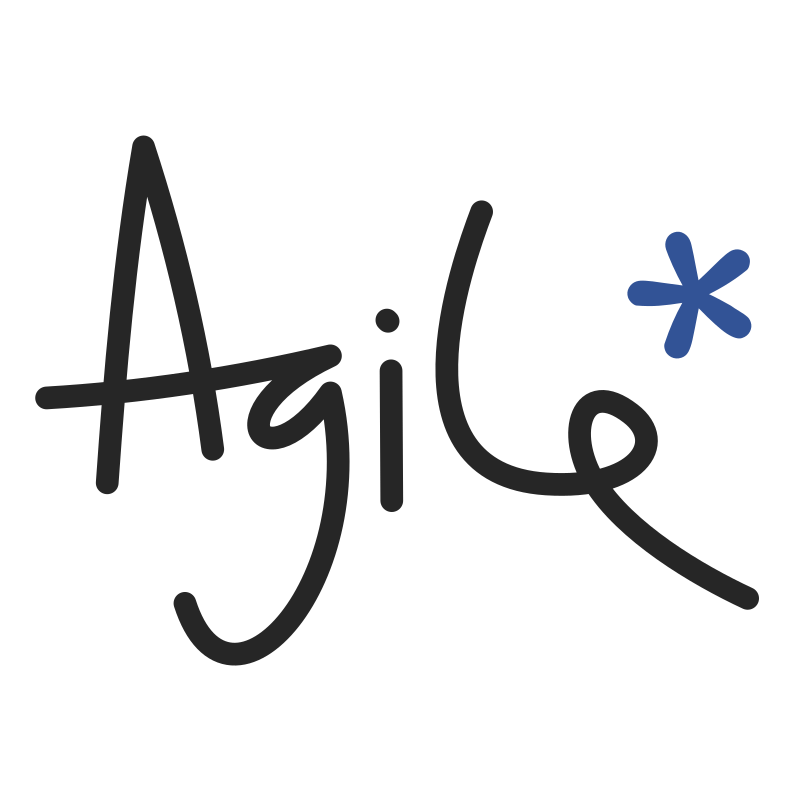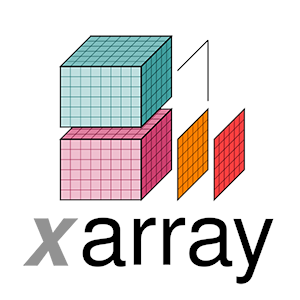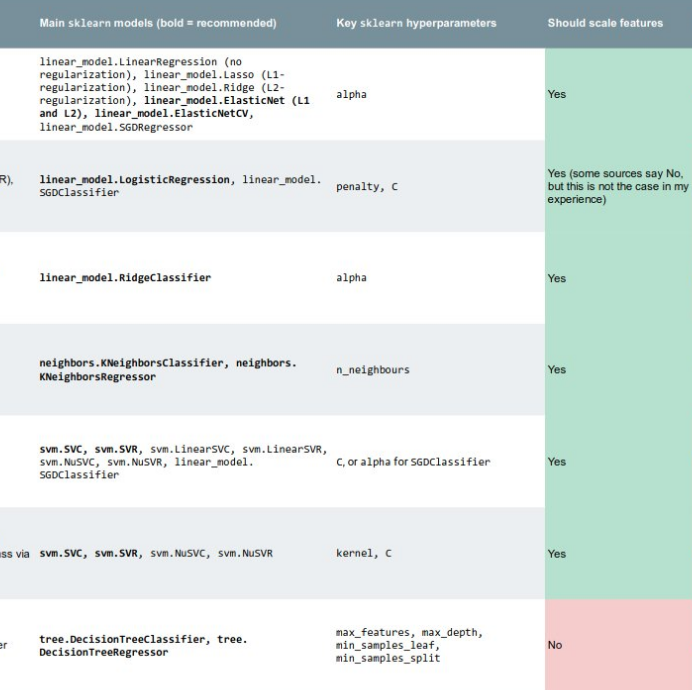Past, present, future SEG
/Today was the first day of the SEG Annual Meeting in Houston.
Last night we wandered around the icebreaker, still buzzing from the hackathon. The contrast was crushing. The exhibition is gigantic — it's an almost overwhelming amount of marketing. My thoughts on what the exhibition hall is, and what it represents, are not fully formed and might be a bit... ranty, so I will save them for a more considered post.
 As usual, SEG kicked off with a general session — much better attended this year, but also much less ambitious. At least 300 members came to hear outgoing president David Monk's perspective on SEG's future. His address mostly looked backwards, however, at the trends over the last few years. I guess the idea is to extrapolate from there... But maybe we can do even better than recent years? We mustn't forget to do completely new and unexpected things too.
As usual, SEG kicked off with a general session — much better attended this year, but also much less ambitious. At least 300 members came to hear outgoing president David Monk's perspective on SEG's future. His address mostly looked backwards, however, at the trends over the last few years. I guess the idea is to extrapolate from there... But maybe we can do even better than recent years? We mustn't forget to do completely new and unexpected things too.
 At the end of his slot, Monk showed some animated renderings of SEG's new building in Tulsa. The movie was accompanied by an almost comically strident anthem — evidently it is a big deal. As well as having a smart new office, the real estate will turn in some smart new revenue from other tenants. Ground was broken on Friday, and the opening is expected to be in December 2014. As you see, the architects understood industrial geophysics quite well, opting for a large black box.
At the end of his slot, Monk showed some animated renderings of SEG's new building in Tulsa. The movie was accompanied by an almost comically strident anthem — evidently it is a big deal. As well as having a smart new office, the real estate will turn in some smart new revenue from other tenants. Ground was broken on Friday, and the opening is expected to be in December 2014. As you see, the architects understood industrial geophysics quite well, opting for a large black box.
 At the end of the day, Canada strode home to yet another SEG Challenge Bowl victory as the University of Manitoba fought off the Autonomous University of Mexico and Colorado School of Mines to prove that, while Texas might be the home of the industry, Canada is the home of exploration geophysics.
At the end of the day, Canada strode home to yet another SEG Challenge Bowl victory as the University of Manitoba fought off the Autonomous University of Mexico and Colorado School of Mines to prove that, while Texas might be the home of the industry, Canada is the home of exploration geophysics.
Where's all the geophysics? Evan is compiling some technical highlights from the day as I type. Stay tuned for that.
If you're at the conference, tell us what you've enjoyed most about the first 24 hours.
































 Except where noted, this content is licensed
Except where noted, this content is licensed